Journal of Surgery and Surgical Research
Double tips needle (Lasheen needle) for wound repair
Ahmed E. Lasheen*, Osama Abd Elaziz, Ramadan Mahmoud, Tamer Alnaimy, M. Shehata, Amr Abdel Bari and Fady Fayek
Cite this as
Lasheen AE, Elaziz OA, Mahmoud R, Alnaimy T, Shehata M, et al. (2017) Double tips needle (Lasheen needle) for wound repair. J Surg Surgical Res 3(2): 042-045. DOI: 10.17352/2455-2968.000044Aim: There are an increasing number of wound closure materials and techniques types in skin surgery. Still now, there is much controversies about optimal procedure of wound closure. This study tries to achieve this goal.
Material and Methods: This study was included 37 patients suffering from skin wounds of variable size and sites. These wounds were closed by using double tips needle from under the skin without any sutures or adhesives on skin surface. The follow up period ranged from 3 to 19 months.
Results: The mean age was 43 years. The wounds lengths ranged from 5 to 15 cm. and wound sites (17 at face and neck, 5 at abdominal wall, 15 upper extremities). The both edges of wound were put in contact to each other by our technique without any skin sutures, this allow for seroma or any wound discharge to come out which happen in 15 cases. The all wounds healed with linear and cosmetic scar, and no wound complication during follow up period.
Conclusion: Our technique is effective, associated with good results in skin wound closure, and has short learning curve.
Introduction
About 7 millions trumatic wounds require repair in emergency departments in United States per year [1]. Many materials and procedures of wound repair have been used over the years as sutures, staples, adhesive tapes, and topical skin adhesives [2-4]. Unfortunately, the perfect wound repair technique remains unknown. Consideration includes repaired scar cosmesis, costs, short learning curve and convenience for patient [5]. In this regard, our study offers novel technique to repair skin wounds by using double tips needle.
Materials and Methods
This study was included on 37 patients suffering from skin wounds (20 trumatic, 17 post surgery) at General Surgery Department, Zagazig University Hospital, Egypt from July 2015 through January 2017. The wounds lengths ranged from 5 to 15 cm. and their sites (17 at face and neck, 5 at abdominal wall, 15 at upper extremities). The patients ages from15 to 51 years (mean 43 years). All details of procedure were discussed with patients and writing consent taken for inclusion their data in this research. The using needle is curved, its length ranged from 3 to 10 cm., has two pointed tips and small hole at the middle of needle through it the thread was put figure 1. Wound repair by our technique was carried out under general anesthesia in 15 patients and local anesthesia in 22 patients. The cleaning and exploration of wounds were completed. Any tear in deep fascia and under muscles must be repaired as separated layers. Our technique for wound closure of skin and subcutaneous tissues was done as follow. The using threads were polyglactin 910 (Vicryl No 0 or 2/0) or poliglecaprone 25 (Monocryl 2/0). The optimal thread end was put inside the hole of the needle. One needle end and thread was passed through the one wound edge at the subcutaneous plane just under the skin to come out from the skin about 1 to 2 cm. of wound margin. When the needle appears outside the skin except the other needle end still inside the subcutaneous tissue, the needle direction was changed to pass by other needle end through the subcutaneous plane of wound edge to come out from inside the wound at wound floor plane. The needle and thread came out completely from the wound. Then, one needle end with thread pass from other wound edge at wound floor plane to come out from skin about 1 to 2 cm of wound margin. Until, the needle appears outside the skin except the needle end inside the subcutaneous tissue. At this point, the needle direction was changed to pass by other needle end at subcutaneous plane just under the skin. Then, the needle and thread came out completely from wound. Now, one subcutaneous vertical mattress was finished and two strands tied subcutaneously figure 2 A-H. Multiple of same sutures were used to produce good repair and eversion of wound figure 3. No need for more skin sutures or skin strips to add for our technique figure 4. The follow up period ranged from 3 to 19 months (mean 12 months).
Results
The double tips needle was enabled us to take good bites of both wound edges. The upper parts of inverted subcutaneous vertical mattress suture must be put under the dermis at subcutaneous plane and at the same plane of both wound edges. By this technique can produced good wound repair without closing the skin, this allowing to any seroma or any wound discharge to come out without disruption of wound repair. Fifteen patients showed seroma formation which came out through the repaired wound without any wound complications. The scar associated with our technique is leaner and cosmetic. Learning curve for this technique is short. No subcutaneous infection or keloid formation was detected in this patients group and during follow up period.
Discussion
The final cosmetic results of wound repair depend on many factors, but the type of suture method is the most important one. The optimal suture method should approximate and produces eversion of the wound edges, closing dead space, produce prolonged support until healing process finish, without suture marks, minimizing the risks of bleeding and infection, easy to do, and has short learning curve [6]. The optimal scar is linear, minimally visible, fine, and maintain on skin function and form [7]. Also, the optimal scar leaves no permanent track marks. Some reports showed that these track marks are due to reepithelialization of suture tracts within few days after surgery [8]. Other reports state that are due to much tension from inadequate tissue movement, regardless of the type of suturing method [9]. In a try to avoid the track marks, must be avoiding the placing of sutures too close to the epidermis, decrease the length of time sutures, and avoiding the surface stitches [10]. The characters of optimal suture material are easy to handle, high tensile strength, and secure knots [11]. The using suturing procedure and suture substance control the quality of outcomes of wound repair [12]. Also, some researchers reported that absorbable sutures, when put too close for dermis, leading to increasing trans-epidermal elimination, much track marks, decreasing absorption rate, and cystic formation [8]. There are many techniques using variable materials for wound repair as sutures, tissue adhesives, surgical strips and clips. The suturing technique is thousands of years old. Many types of suturing techniques were used with specific disadvantages as simple interrupted suture, running locked suture, vertical and horizontal mattress suture, absorbable buried suture, dermal-subdermal suture, running subcutaneous suture, modified half-buried horizontal mattress suture, and deep tip stitch [13-16].Tissue adhesives is easy and fast application, but if leak in between wound edges prohibit adherence, not ideal when need much tensile strength and make closed space not allowing to seroma or any discharge to come out the wound [17]. Surgical strips and clips are good for areas under low tension and superficial wounds [18]. The most effective technique for wound repair specially when wound is deep and much tensile strength for long time needed is suture technique [19,20]. Traditional needle formed of three parts (point, body, eye) not ideal to put optimal buried vertical subcutaneous interrupted mattress suture in position and configuration. Our needle (lasheen needle) formed from 5 parts (point, body, eye, body, point). This needle enabled the surgeon to put buried subcutaneous vertical interrupted mattress suture ideal in position (at subcutaneous and wound floor planes) and configuration (take big bites of both wound edges and at same plane). So, our technique produces strong tensile strength approximation at subcutaneous plane through wound floor for long time, good eversion of wound, and n0 need to add more skin sutures or skin strips. Also, the wound which repaired by our technique allows to seroma or any wound discharge to come out without disruption of repair procedure and no affection on final results.
Conclusion
Our technique for wound repair is easy, effective, decreasing the risks of bleeding and infection, associated with good results as linear and cosmetic scar, and free of complication as track marks and cystic formation.
- Singer AJ, Quinn JV, Hollander JE (2008) The cyanoaceylate topical skin adhesives. Am J Emerg Med 26: 490-496. Link: https://goo.gl/XLSg5a
- King ME, Kinney AY (1999) Tissue adhesives: A new method of wound repair. Nurse Pract 24: 69-70. Link: https://goo.gl/uuVRcH
- Zempsky WT, Parrotti D, Grem C, Nichols J (2004) Randomized controlled comparison of cosmetic outcomes of simple facial laceration closed with Steri Strip Skin Closure or Dermabond tissue adhesives . Pediatr Emerg Care 20: 519-524. Link: https://goo.gl/u8nr4M
- Beam JW (2008) Tissue adhesives for simple traumatic lacerations. J Athl Train 43: 222-224. Link: https://goo.gl/hcN9YR
- Coulthard P, Esposito M, Worthington HV, van der Elst M, van Waes OJ, et al. (2010) Tissue adhesives for closure of surgical incisions. Cochrane Database Syst Rev 5: CD004287. Link: https://goo.gl/AKJYkg
- Yag-Howard C (2014) Sutures, needles, and tissue adhesives: a review for Dermatologic surgery. Dermatol Surg J 40: 3-15. Link: https://goo.gl/nG7ezx
- Cordova K, Sweeny S, Jellinek NJ (2013) The elegant ellipse-running subcuticular closures. Dermatol Surg 39: 804-807. Link: https://goo.gl/TT6BuJ
- Kudur MH, Pai SB, Sripathi H, Prabhu S (2009) Sutures and suturing techniques in skin closure. Indian J Dermatol Venereol Leprol 75: 425-434. Link: https://goo.gl/n5PFWC
- Field LM (2006) Suture marks: factors of causation and prevention. Dermatol Surg 32: 1425-1426. Link: https://goo.gl/AL7YAG
- Wolf R (1993) Serial replacement of suture for preventing suture marks. J Dermatol Surg Oncol 19: 1131. Link: https://goo.gl/QrFsa9
- Moy RL, Waldman B, Hein DW (1992) A review of sutures and suturing techniques. J Dermatol Surg Oncol 18: 785-795. Link: https://goo.gl/GBuwSx
- Dixon AJ, Dixon MP, Dixon LB (2007) Prospective study of long-term patient perceptions of their skin cancer surgery. J Am Acad Dermatol 57: 445-453. Link: https://goo.gl/wXjyCX
- Chan JL, Miller EK, Jou RM, Posten W (2009) Novel surgical technique: placement of a deep tip stitch. Dermatol Surg 12: 2001-2003. Link: https://goo.gl/ooCtcK
- Chacon AH, Shiman MI, Strozier N, Zaiac MN (2013) Horizontal running mattress suture modified with intermittent simple loops. J Cutan Aesthet Surg 1: 54-56. Link: https://goo.gl/ANQiK3
- Maher IA, Bingham J, Mellette R (2012) A running modification of the percutaneous buried vertical mattress. Dermatol Surg 9: 1560-1562. Link: https://goo.gl/wJ1dfU
- Tierney E, Kouba DJ (2009) A subcutaneous corset plication rapidly and effectively relieves tension on large linear closures. Dermatol Surg 11: 1806-1808. Link: https://goo.gl/Qnp1tx
- Yag-Howard C (2011) Novel surgical approach to subcutaneous closure: the subcutaneous inverted cross mattress stitch (SICM stitch). Dermatol Surg 37: 1503-1505. Link: https://goo.gl/KwLT2K
- Davis M, Nakhdjevani A, Lidder S (2011) Suture/steri-strip combination for the management of lacerations in thin-skinned individuals. J Emerg Med 40: 322-323. Link: https://goo.gl/uu7hDm
- Skin TM, Bordeaux JS (2014) How suture technique affects the cosmetic outcome of cutaneous repairs. J Drug Dermatolgy 8: 967. Link: https://goo.gl/knmBpS
- Regula, Christie G, Yag-Howard C (2015) Suture products and techniques: what to use, where, and why. Dermatelogic Surg 41: S187-S200. Link: https://goo.gl/xU6Zcn
Article Alerts
Subscribe to our articles alerts and stay tuned.
 This work is licensed under a Creative Commons Attribution 4.0 International License.
This work is licensed under a Creative Commons Attribution 4.0 International License.
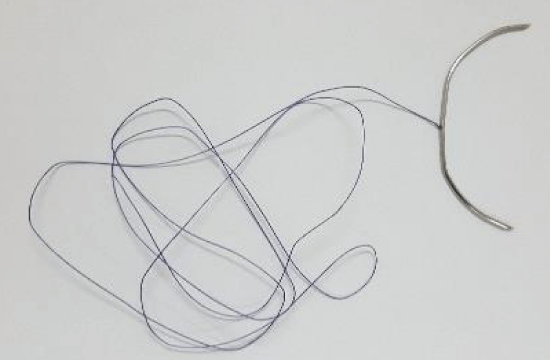
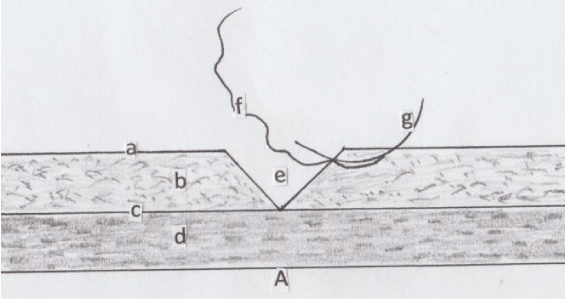
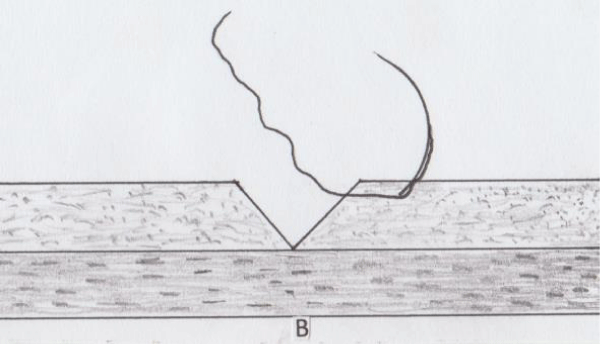
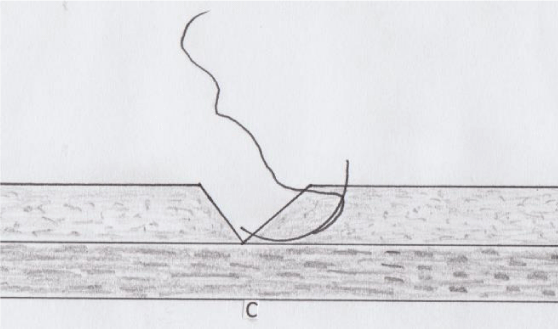
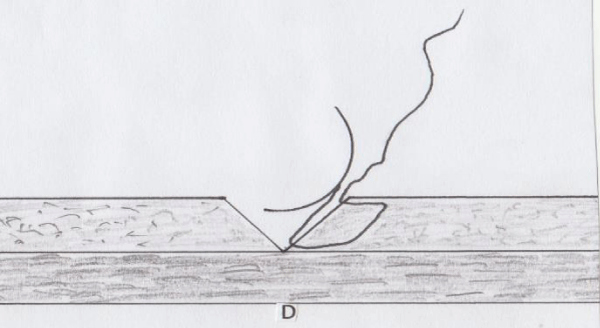
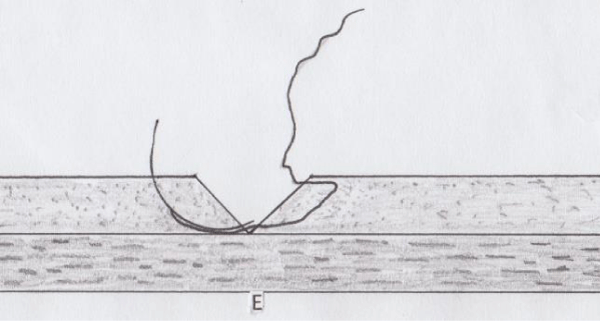
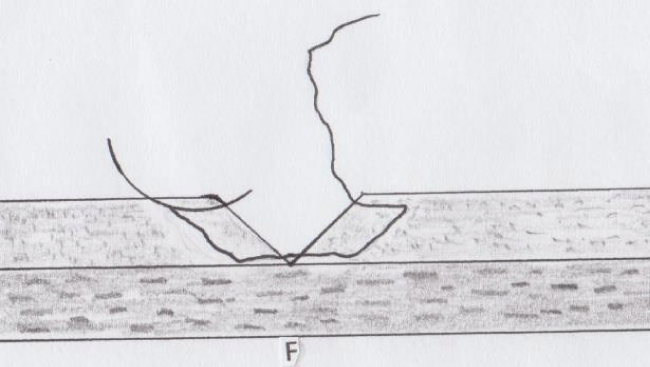
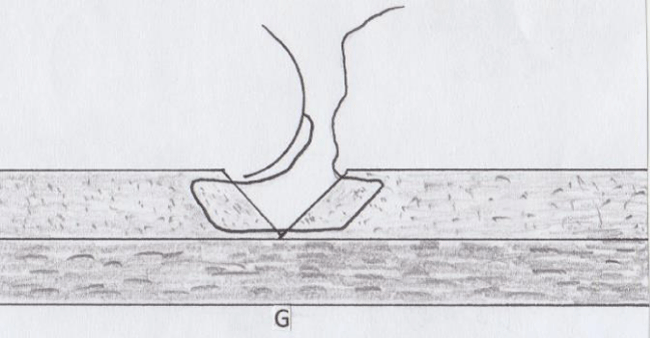

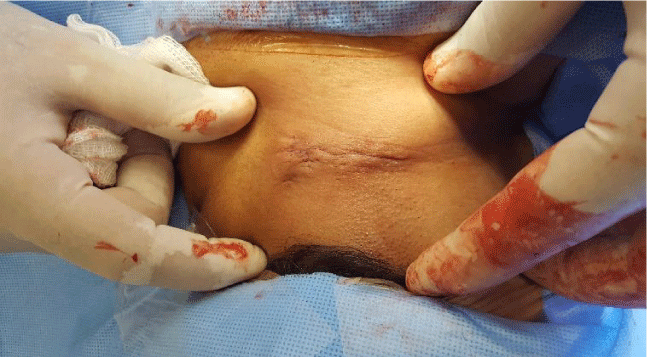
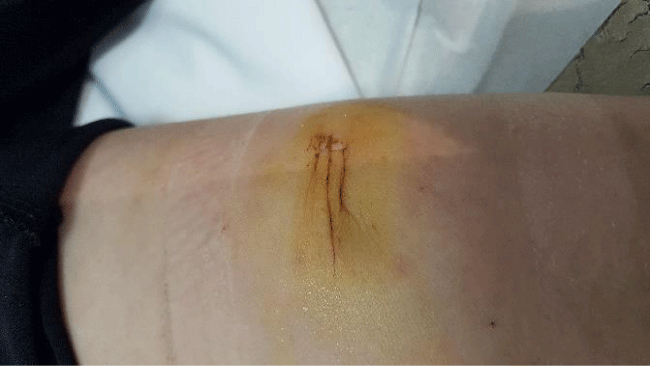

 Save to Mendeley
Save to Mendeley
